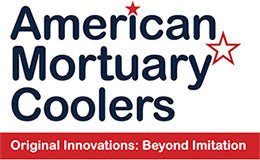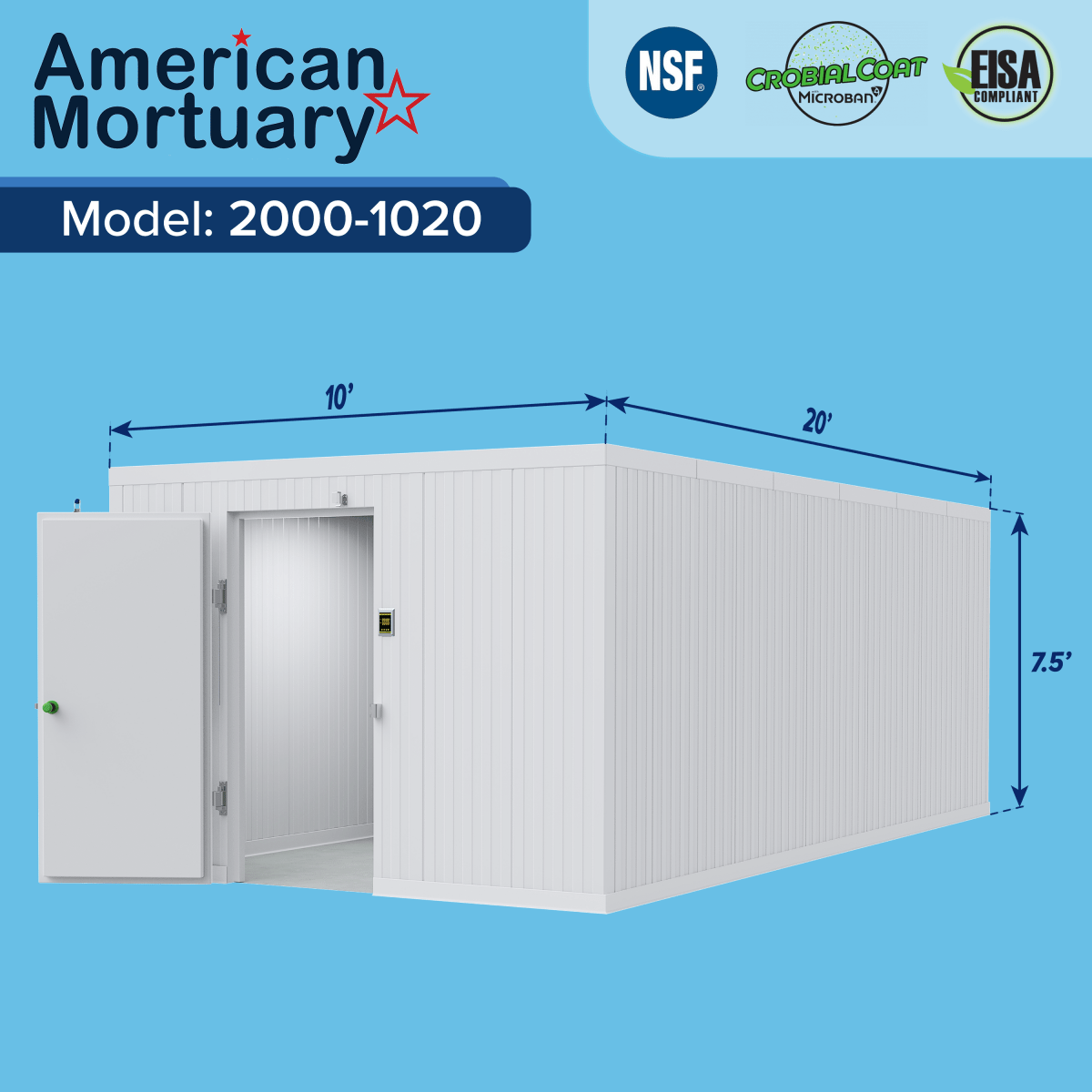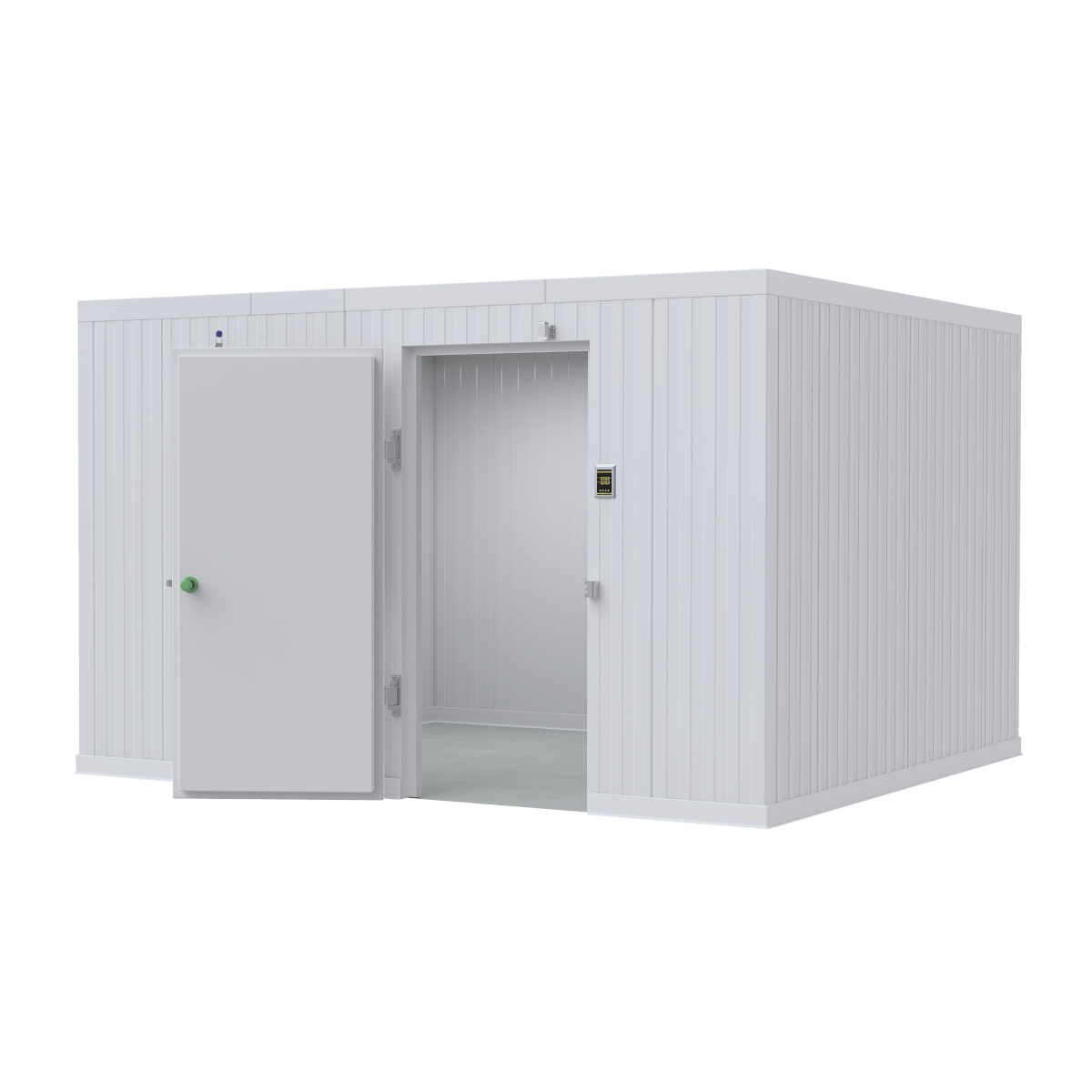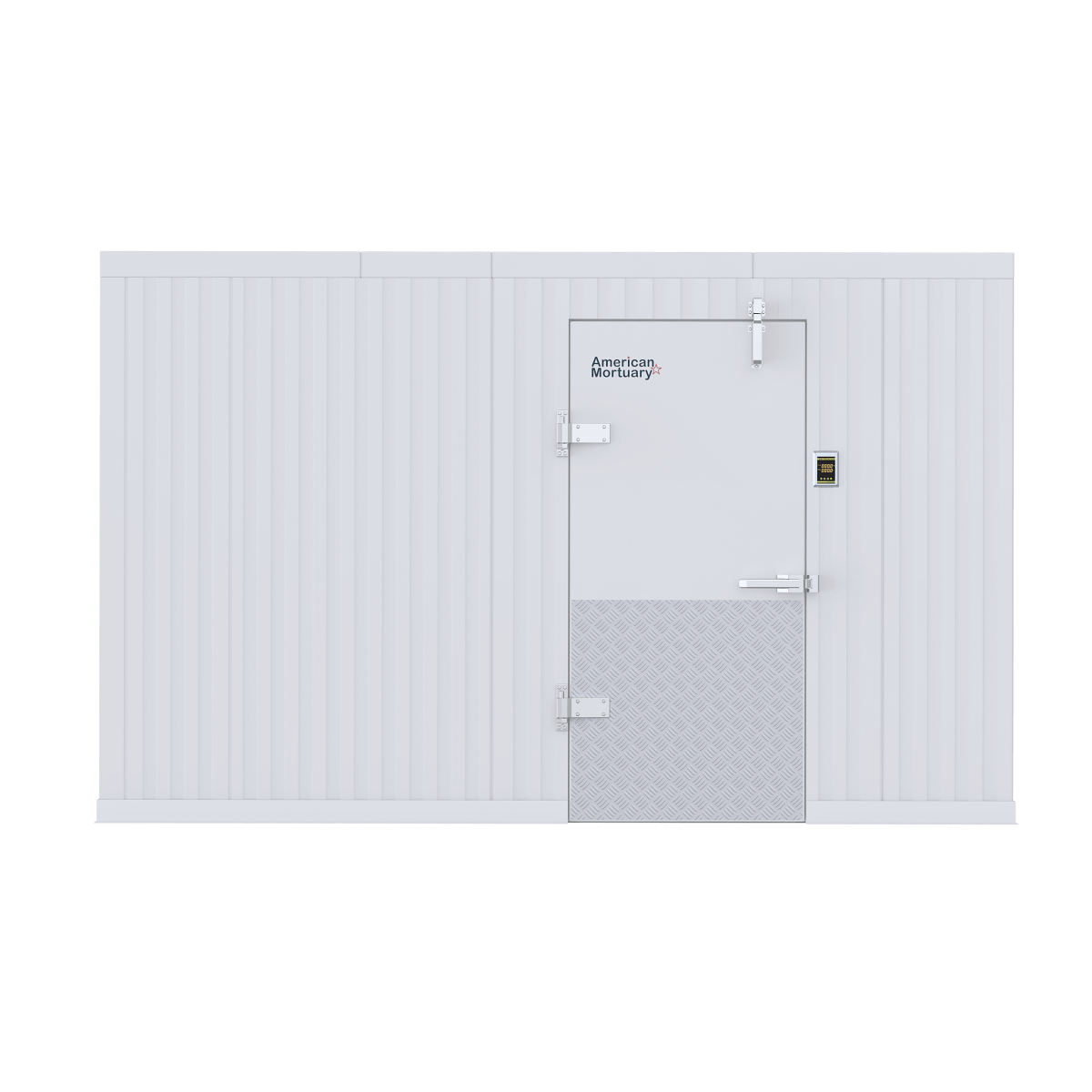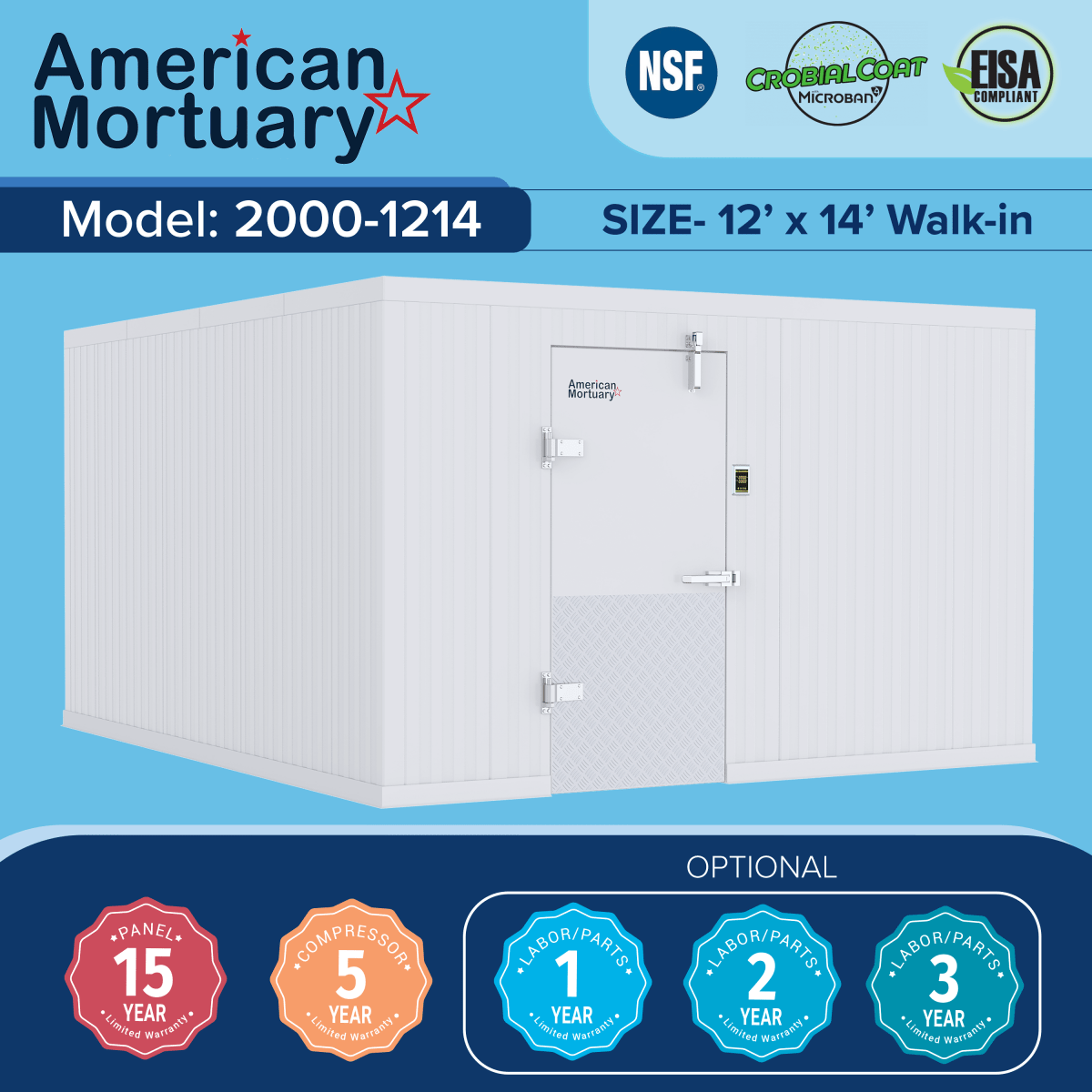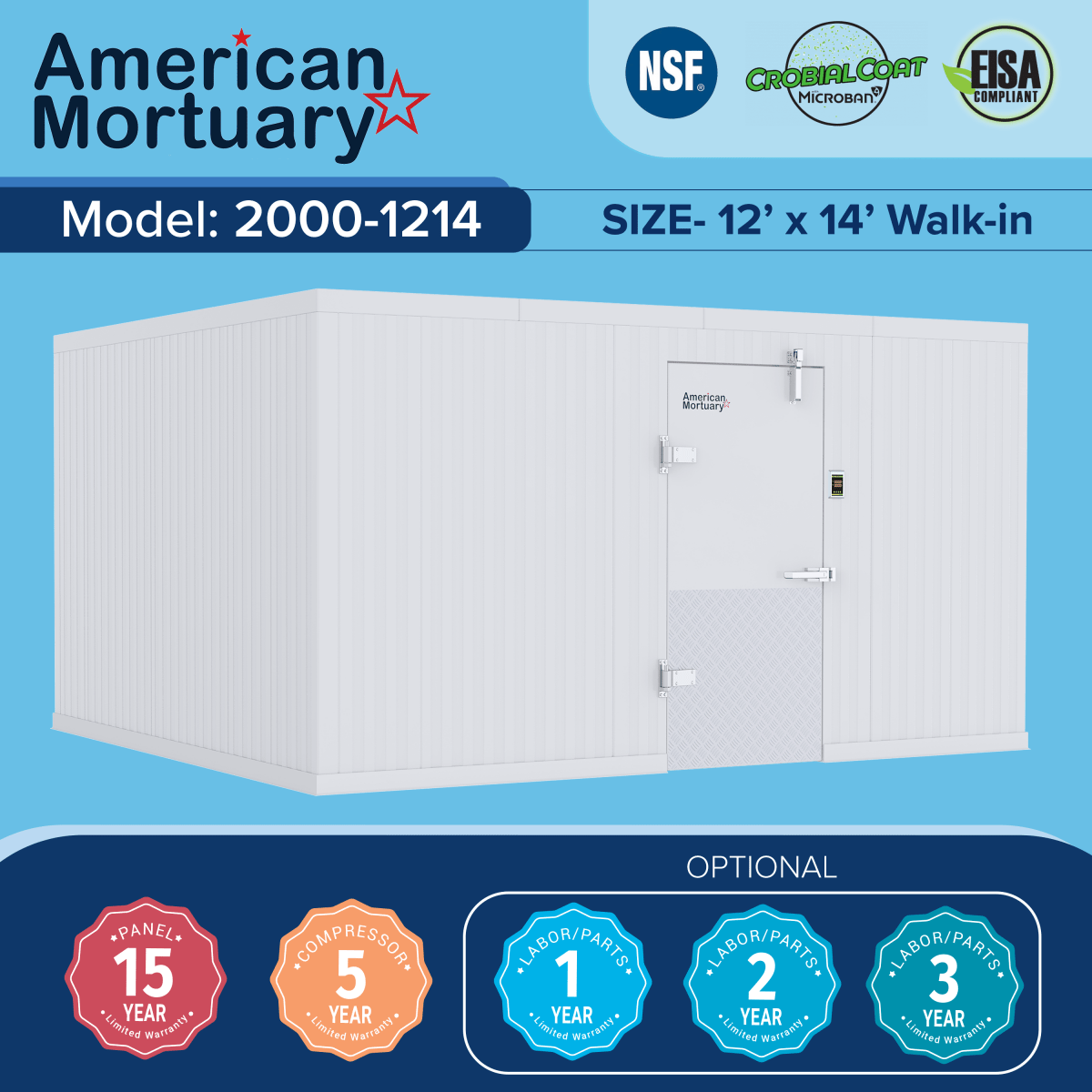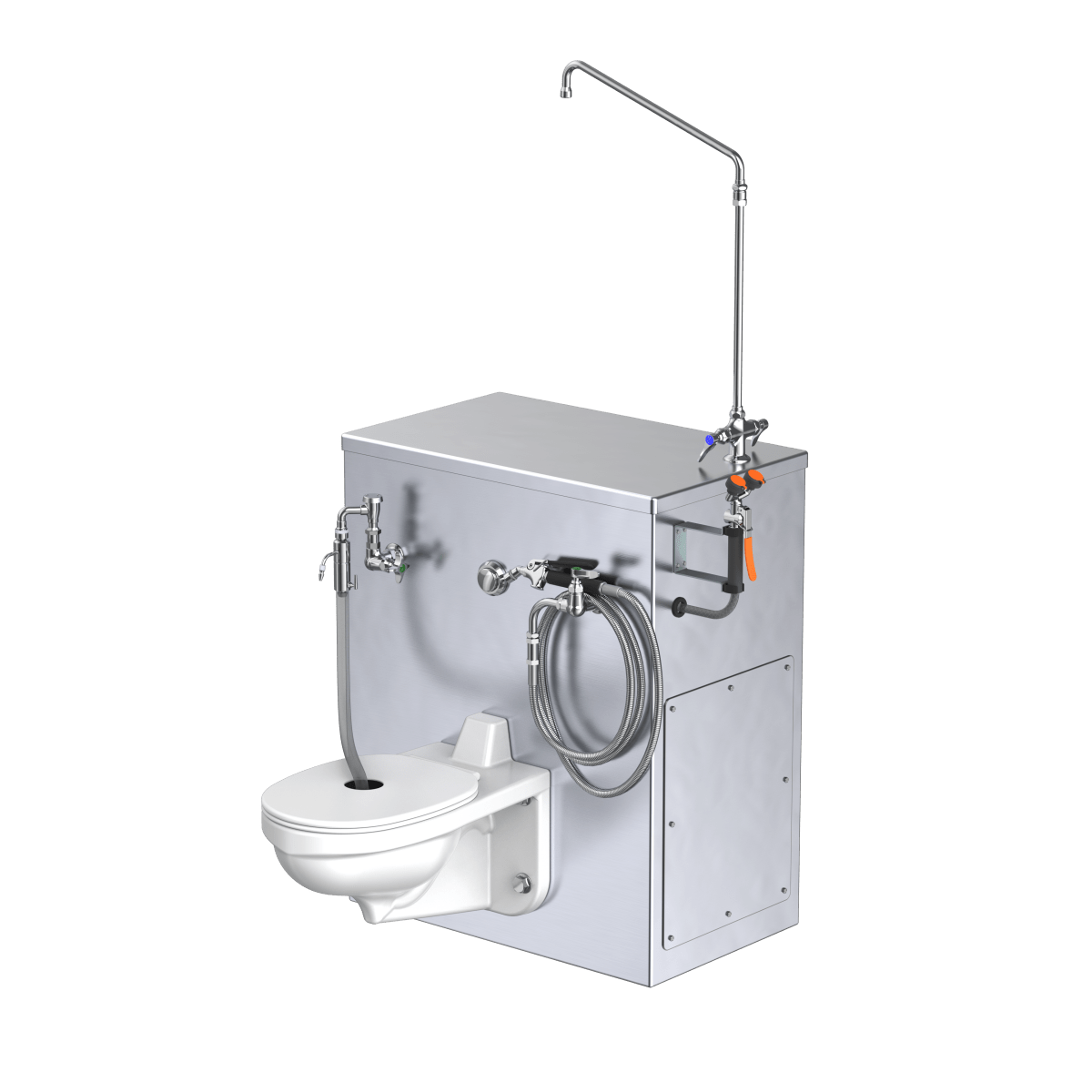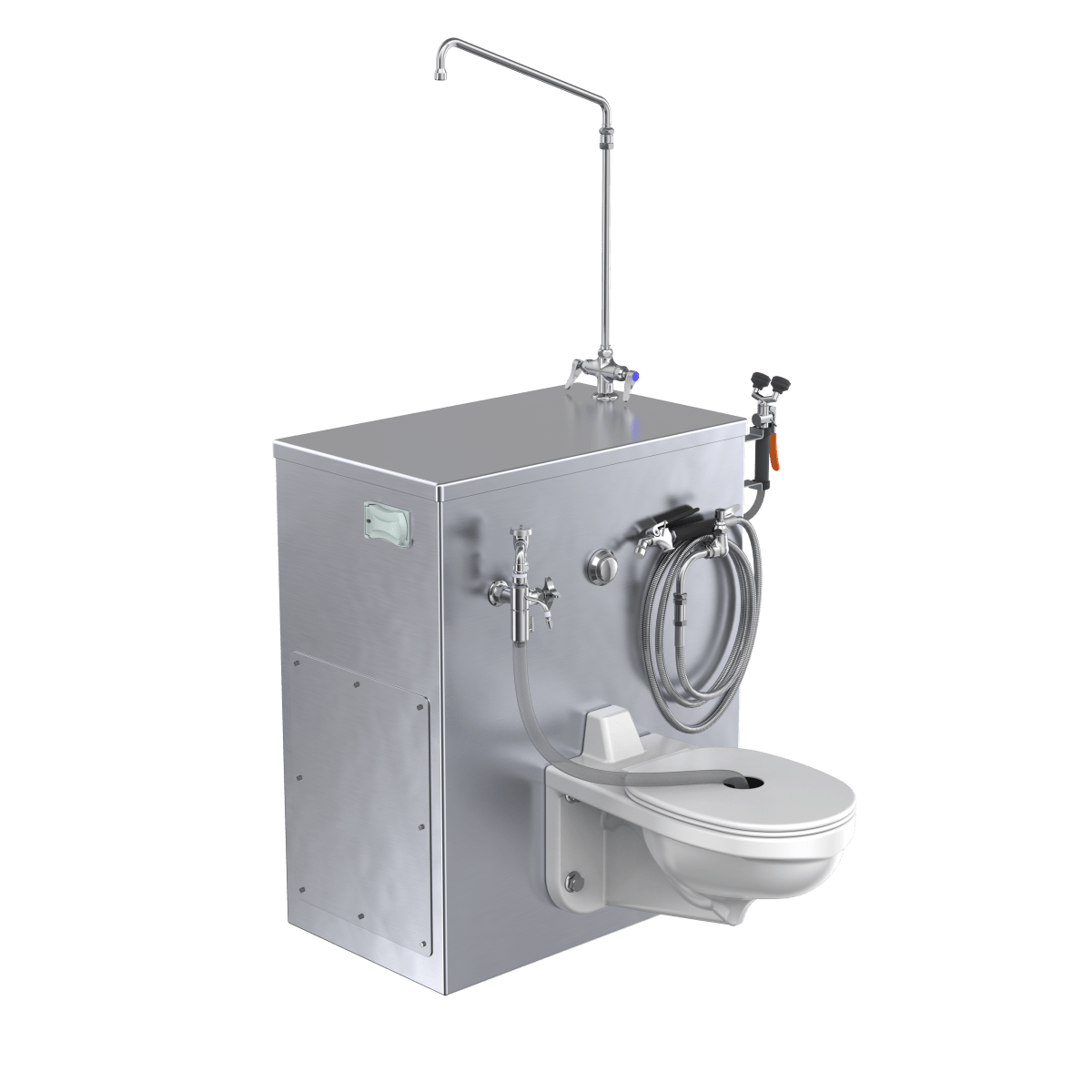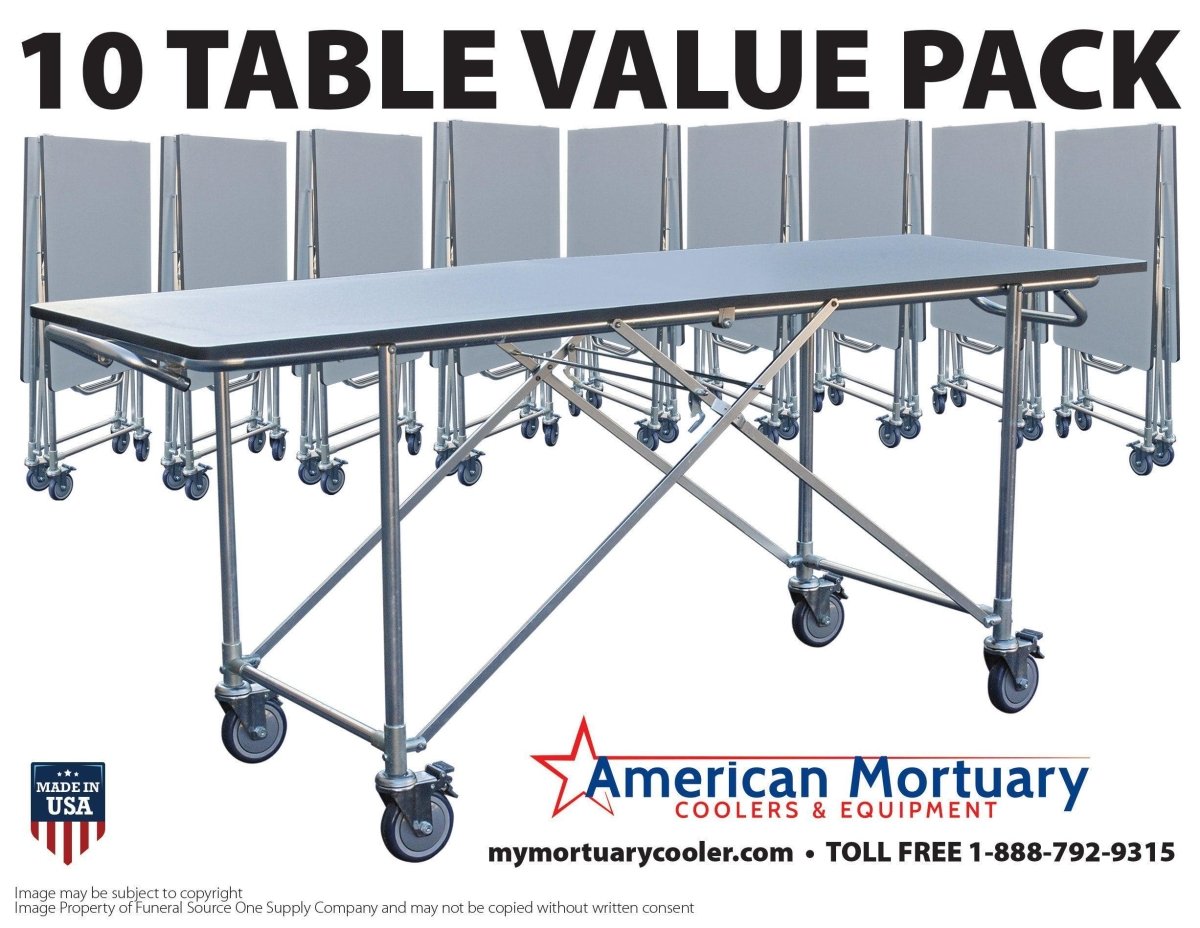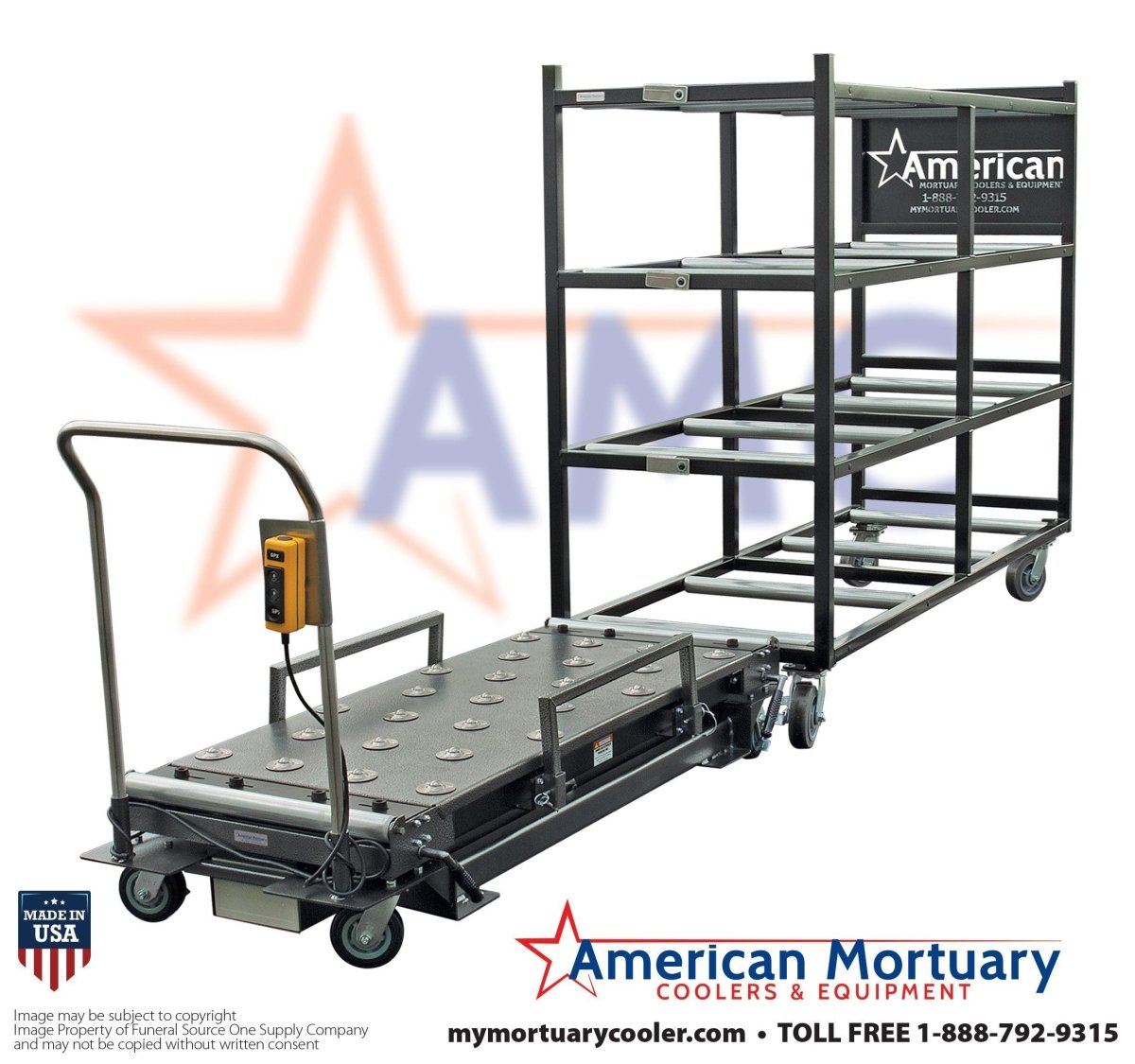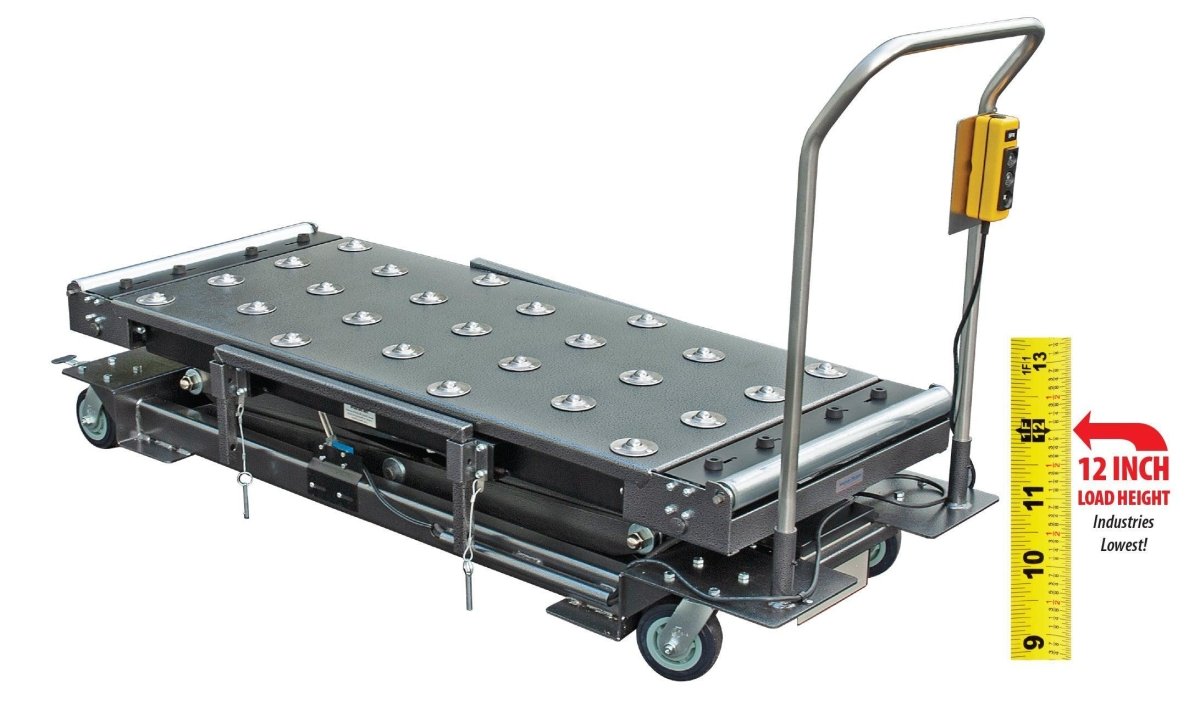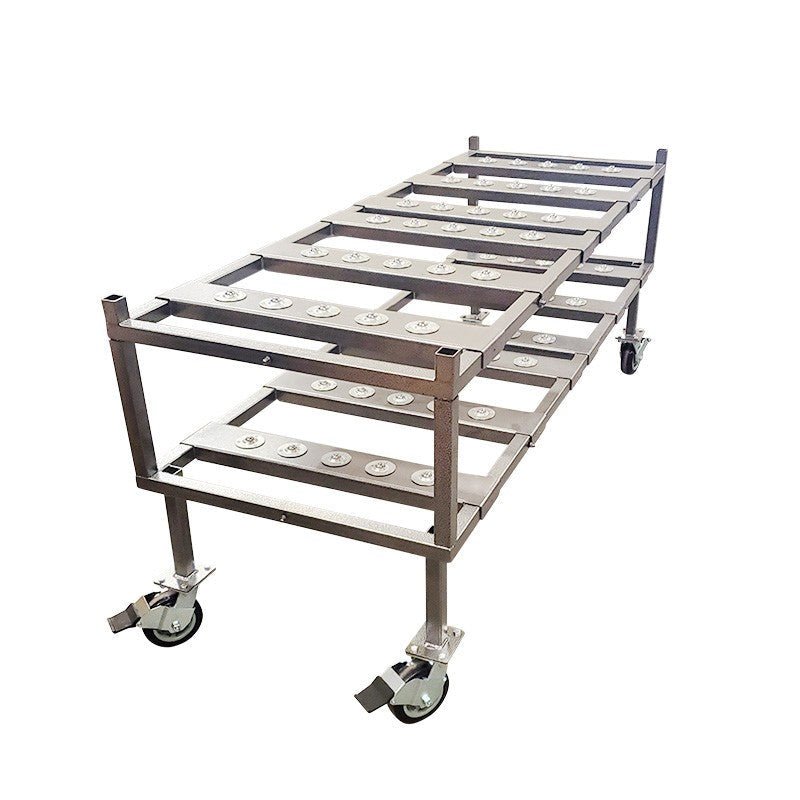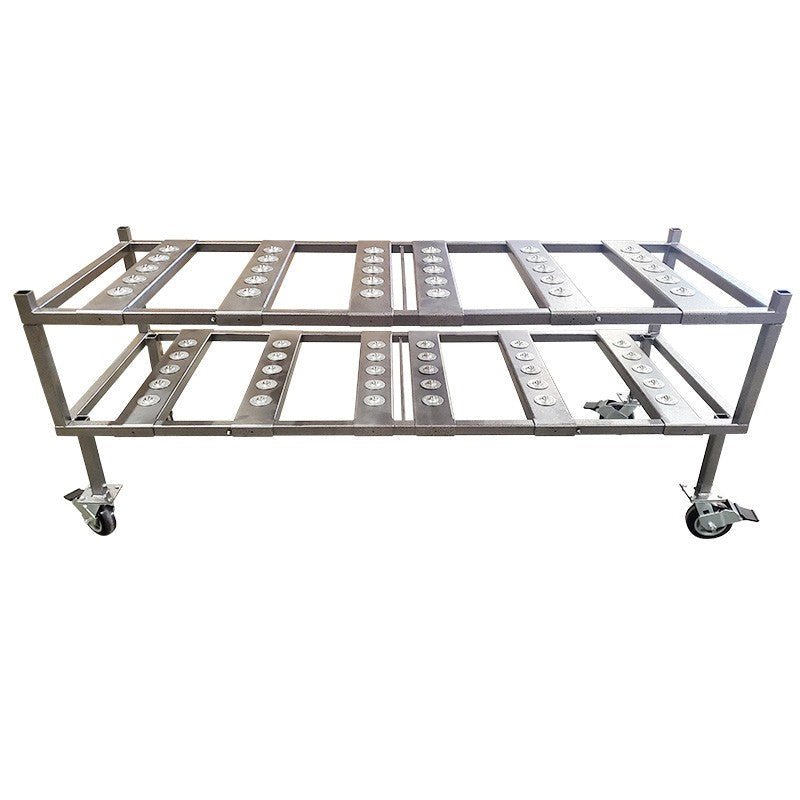Introduction: A Decade of Transformation in Death Care
The year 2025 marks a milestone for the funeral industry. Over the last five years, mortuary cooler operations have undergone significant technological, regulatory, and practical changes. Once considered simple refrigeration units, today’s mortuary coolers are advanced systems designed for precision, efficiency, compliance, and dignity.
From energy-efficient compressors to digital remote monitoring, modular walk-in coolers, and updated OSHA/CDC guidelines, mortuary cooler operations are shaping the future of death care.
The Role of Mortuary Coolers in 2025
Mortuary coolers are the backbone of:
-
Funeral homes (short-term cadaver storage).
-
Hospitals and pathology labs (preservation for autopsies).
-
Medical examiners and coroner offices (long-term forensic storage).
-
Universities and research institutions (anatomical study).
-
Military and disaster response units (portable coolers for emergencies).
Without reliable morgue refrigeration, modern death care would not function.
Mortuary Cooler Operations in 2020 vs 2025: What Changed?
1. Temperature Monitoring & Digital Controls
-
2020: Most coolers had analog or manual dials.
-
2025: Standardized digital temperature monitoring systems, with:
-
Remote access via Wi-Fi.
-
SMS/email alerts for fluctuations.
-
Integrated logging for compliance.
-
2. Energy Efficiency
-
2020: Many units consumed high levels of electricity.
-
2025: Units now feature:
-
Variable-speed compressors.
-
Eco-friendly refrigerants (HFOs replacing HFCs).
-
Insulated panels reducing thermal leakage.
-
3. Compliance & Regulations
-
2020: OSHA standards enforced but less stringent on monitoring.
-
2025:
-
Enhanced CDC infection control guidelines post-pandemic.
-
EPA regulations mandating eco-friendly refrigerants.
-
Digital compliance logs required in many states.
-
4. Design & Modularity
-
2020: Coolers were mostly fixed units (upright or walk-in).
-
2025:
-
Modular walk-in coolers dominate the market.
-
Portable morgue trailers deployed for emergency response.
-
Custom configurations (door styles, racks, shelving).
-
5. Safety & Ergonomics
-
2020: Staff often lifted trays manually.
-
2025:
-
Integration with powered cadaver lifts.
-
Ergonomic roll-in trays reducing strain.
-
Standard use of anti-slip flooring in walk-ins.
-
Advances in Mortuary Cooler Technology (2020–2025)
Smart Monitoring
-
Built-in IoT systems for real-time monitoring.
-
Cloud-based dashboards accessible via mobile.
Eco-Friendly Refrigeration
-
Transition from HFC to low-GWP refrigerants.
-
Reduced carbon footprint aligned with global climate policies.
Modular Flexibility
-
Facilities can start with 2–3 body units and expand to 20–50+ capacity walk-ins.
-
Portable modules for disaster zones and military deployments.
Improved Hygiene
-
Stainless steel interiors with antimicrobial coatings.
-
UV-C sterilization systems built into airflow.
Operational Best Practices in 2025
Daily
-
Clean trays and racks with hospital-grade disinfectants.
-
Confirm digital temperature readouts.
Weekly
-
Inspect seals, gaskets, and drainage systems.
-
Review compliance logs.
Monthly
-
Test compressor performance.
-
Verify IoT alerts are functioning.
Annually
-
Professional refrigerant servicing.
-
OSHA/CDC compliance audit.
Cost Analysis: Mortuary Coolers in 2020 vs 2025
| Type of Cooler | 2020 Price Range | 2025 Price Range | Key Improvements |
|---|---|---|---|
| Upright Cooler | $4,000 – $7,000 | $5,000 – $8,000 | Digital control, energy efficiency |
| Roll-In Cooler | $9,000 – $18,000 | $10,000 – $20,000 | Ergonomic design, IoT monitoring |
| Walk-In Cooler | $20,000 – $80,000 | $25,000 – $100,000+ | Modular expansion, smart tech |
| Vault-Style Cooler | $12,000 – $40,000 | $15,000 – $50,000 | Antimicrobial stainless steel |
| Portable Cooler | $15,000 – $60,000 | $20,000 – $75,000 | Trailer/containerized options |
Compliance in 2025: What Facilities Need to Know
-
OSHA: Enhanced worker safety in handling cadavers.
-
CDC: Updated guidelines for infection prevention.
-
EPA: Refrigerant restrictions pushing eco-friendly units.
-
State Health Boards: Digital logs for inspections.
Facilities must now maintain automatic temperature logs and show proof of compliance during audits.
The Future of Mortuary Cooler Operations (2025 and Beyond)
Looking ahead:
-
AI-driven predictive maintenance will reduce downtime.
-
Blockchain compliance logs may be adopted by regulators.
-
Self-sanitizing units using ozone and UV.
-
Global standardization across the U.S., EU, and Asia.
FAQs: Mortuary Cooler Operations
Q: What temperature should mortuary coolers run at?
A: 34–39°F (1–4°C) is standard in 2025.
Q: How long can a body be stored?
A: Typically weeks, depending on condition and refrigeration type.
Q: Can old 2020 coolers still be used?
A: Yes, but many require retrofitting to meet EPA refrigerant rules.
Q: Are portable morgue coolers common in 2025?
A: Yes, widely used for disaster response and military.
Conclusion: The Evolution of Mortuary Cooler Operations
Between 2020 and 2025, mortuary cooler operations transformed from basic refrigeration to digitally integrated, eco-friendly, and highly regulated systems. Today’s mortuary coolers offer greater reliability, safety, and compliance, reflecting both technological innovation and lessons learned from global health crises.
For funeral homes, hospitals, and research facilities, investing in a modern mortuary cooler in 2025 ensures efficiency, compliance, and dignity in cadaver care.
